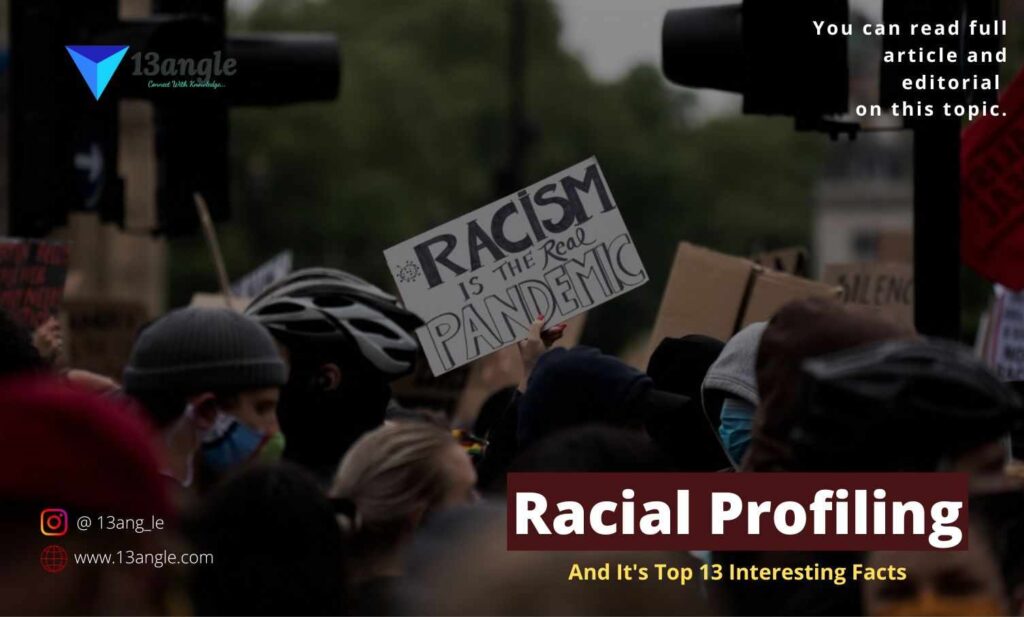Before getting deep down into that question, we first need to ask ourselves as to where does this practice stand now? Has India as a nation, intensified instances of racial profiling or decimated them? What evidence exists on how it works to achieve crime-fighting and public safety goals? And what effects does the practice have in the communities supposedly served by aggressive forms of rioting and mob-lynching? We do not lack ways to confront and root out this tactic and the damage it does; what we need now—what we have always needed—remains the political will to challenge and change what law enforcement does on a basic level. We knew back in 1947, and we know now, that racial profiling does not make us safer. In fact, it may make us less safe, as it misses its intended targets, blinds law enforcement, and serves as salt in the wounds that keep the administration and communities of color-based discrimination at odds and apart from each other.
We need to understand that color, in no way, is the basis of identification of how intelligent or beautiful inside that person is. Not everyone is born fair and discrimination on the basis of qualities derived from the Lord himself is the biggest sin the Indians and the people abroad are indulging themselves into. There is very little difference between the United States and India, the two are not just military allies but also being ethnically condescending to the citizens of their own Republic. India is forgetting its past and the contributions made by the freedom fighters on similar lines as the United States has lost the memories of approximately four million African Slaves ever since the outbreak of the US Civil War in 1861 and their valuable unpaid contributions to the American Society which makes the United States take pride upon, today.
On one hand, the World’s Largest Democracy tries to ensure ‘Right to Equality by means of Article 14 of the Indian Constitution and on the other hand, racial profiling and instances of the brutal exercise of power against the lower castes in India are surprising and disappointing. With fairness being the component of race superiority, India is delving into increasing intolerance within the country, none of which would matter with the shackles of oppression and discomfort. Some cases and some instances inherit national media coverage as was the case with Rohith Vemula and a North-Eastern Woman who was called ‘Corona’ and spitted in the face for being dark-complexioned. Regardless of how indifferent the society can be, the youngsters are appealed to display the sense of empathy and accord towards every individual, promoting the sense of brotherhood and tackling together, this impregnable yet undesirable social evil.






